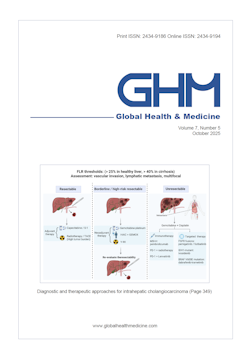Global Health & Medicine 2024;6(1):6-12.
Japan's healthcare delivery system: From its historical evolution to the challenges of a super-aged society
Katori T
Although Japan's healthcare delivery system is highly regarded internationally, the COVID-19 pandemic has exposed its structural problems. Behind these issues lies a history of medical care provisions supported mainly by an unrestricted, "free labeling" system, and independently financed private hospitals. In addition, patients have a high degree of freedom of choice under the Japanese medical insurance system, making it difficult to provide comprehensive and continuous health management from initial diagnosis and treatment (primary care), specialized treatment, to supporting a return to home, providing nursing care and lifestyle support. As Japan becomes a "super-aged" society with individuals over 65 making up over 30% of the population, the nature of medical care will have to undergo major changes. Medical care's basic function must still be the treatment and cure of patients, but the system will also have to provide support. That means conceiving of care in a way that treats a person's life with dignity and does not sacrifice life for treatment. The implementation of a family doctor function and the clarification of the functions and roles of small and medium-sized community-based hospitals that support this function, as well as the establishment of a community comprehensive care network with multidisciplinary cooperation that goes beyond medical care, should also be set forth in future regional medical care plans.
DOI: 10.35772/ghm.2023.01121







